🎶Who let the dogs out… call🎶
Forget fetching sticks and chewing bones, that’s so last century. Today’s dogs have much more exciting options when it comes to hobbies — including video calling their owners.
And who let the dogs online? That would be DogPhone inventor Ilyena Hirskyj-Douglas, a lecturer and assistant professor in Animal-Computer Interaction at the University of Glasgow in Scotland.
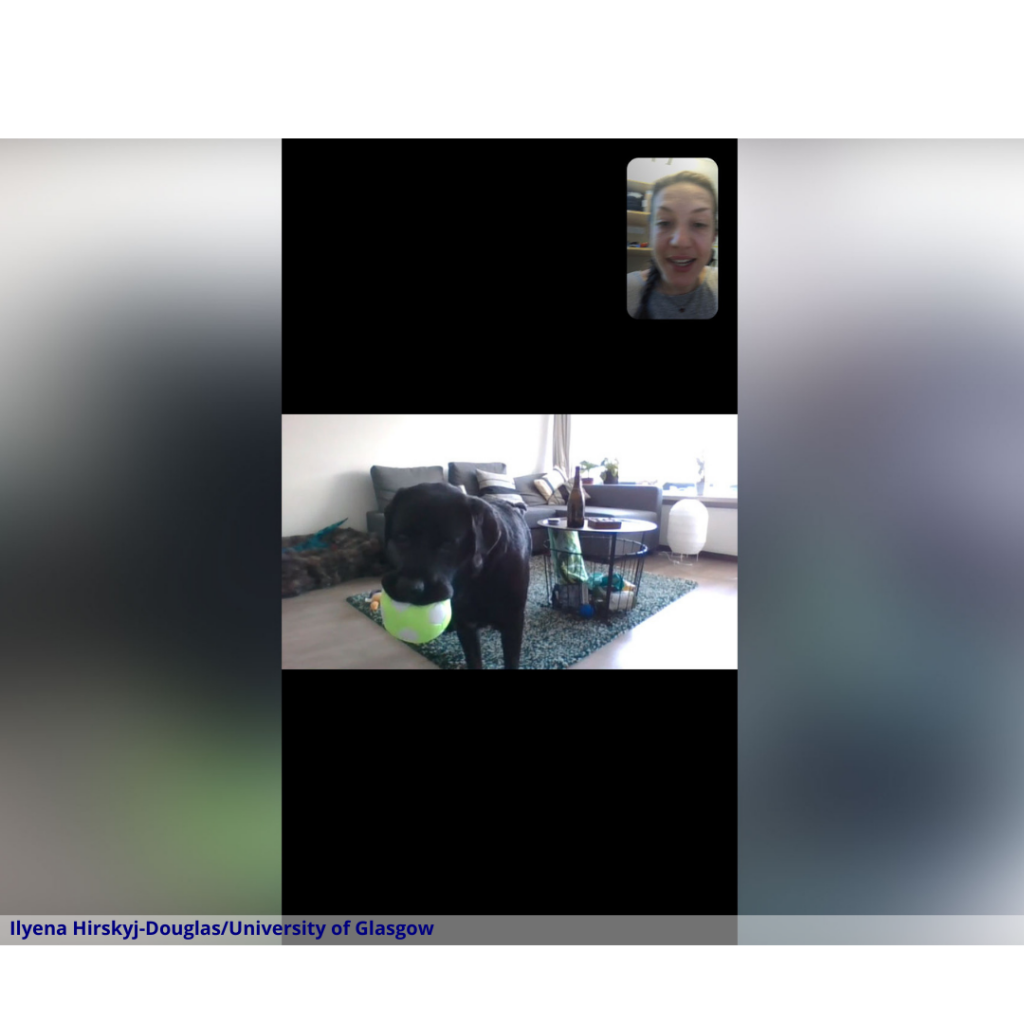
Hirskyj-Douglas observed that in the current pet tech market, the user experience is centered around the owner, rather than the dog, and so she set out to change that.
After creating and testing her device, she published her findings in a research paper for the Association for Computer Machinery Digital Library — and says they’re particularly relevant at a time when some pets are experiencing separation anxiety after spending months with their owners during the pandemic.
“No one’s really done this sort of stuff before,” Hirskyj-Douglas told CNN. “Where do we even begin making things from a dog viewpoint?”
To answer that question, she didn’t have to look too far — her own 10-year-old black Labrador retriever, Zach, provided ample inspiration for how such a communication device could work.
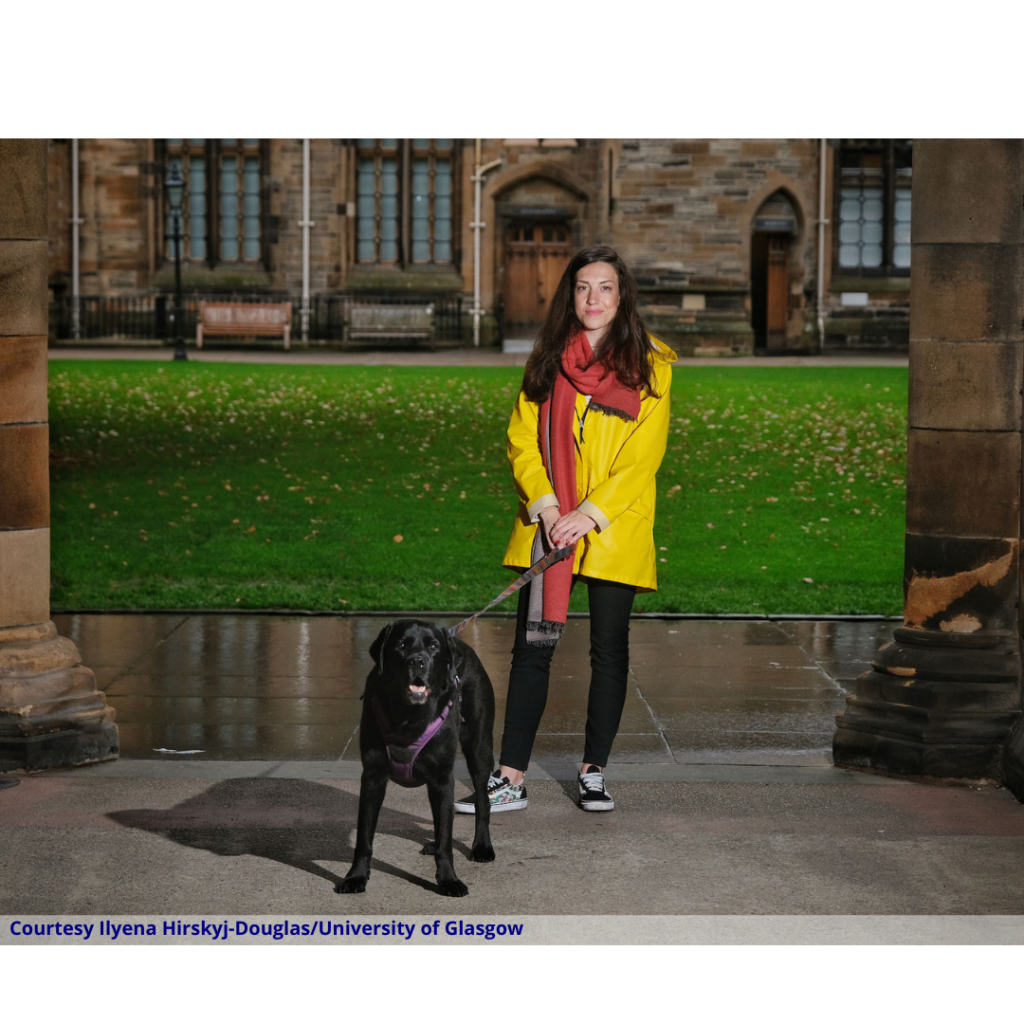
With the help of researchers from her former workplace, Aalto University in Finland, Hirskyj-Douglas created the DogPhone — a sensor hidden inside a ball that triggers a video call from a computer whenever it is moved.
Although Hirskyj-Douglas isn’t completely sure that Zach was aware he was calling her each time he used the ball, she said she never trained him to use it, and she believes more dog-centric tech is needed on the market.
“The way that we make devices for dogs currently is not really the same standard as we make for humans — we’re treating them a bit like they don’t really have any agency,” she said. “The animals that we keep in our lives are a lot smarter and deserve a lot better technology than what we have for them.”
Whether he was aware or not, Zach kept Hirskyj-Douglas’s phone ringing — by the end of the experiment, he was calling her up to five times a day. But when she tried to call him, he didn’t always answer — which he could do by moving the ball.
“I went into it with a very much open mind,” Hirskyj-Douglas said. “Originally I kept thinking of that famous quote, ‘he’s just not that into you,’ when I was ringing him and he was just not answering my calls.”
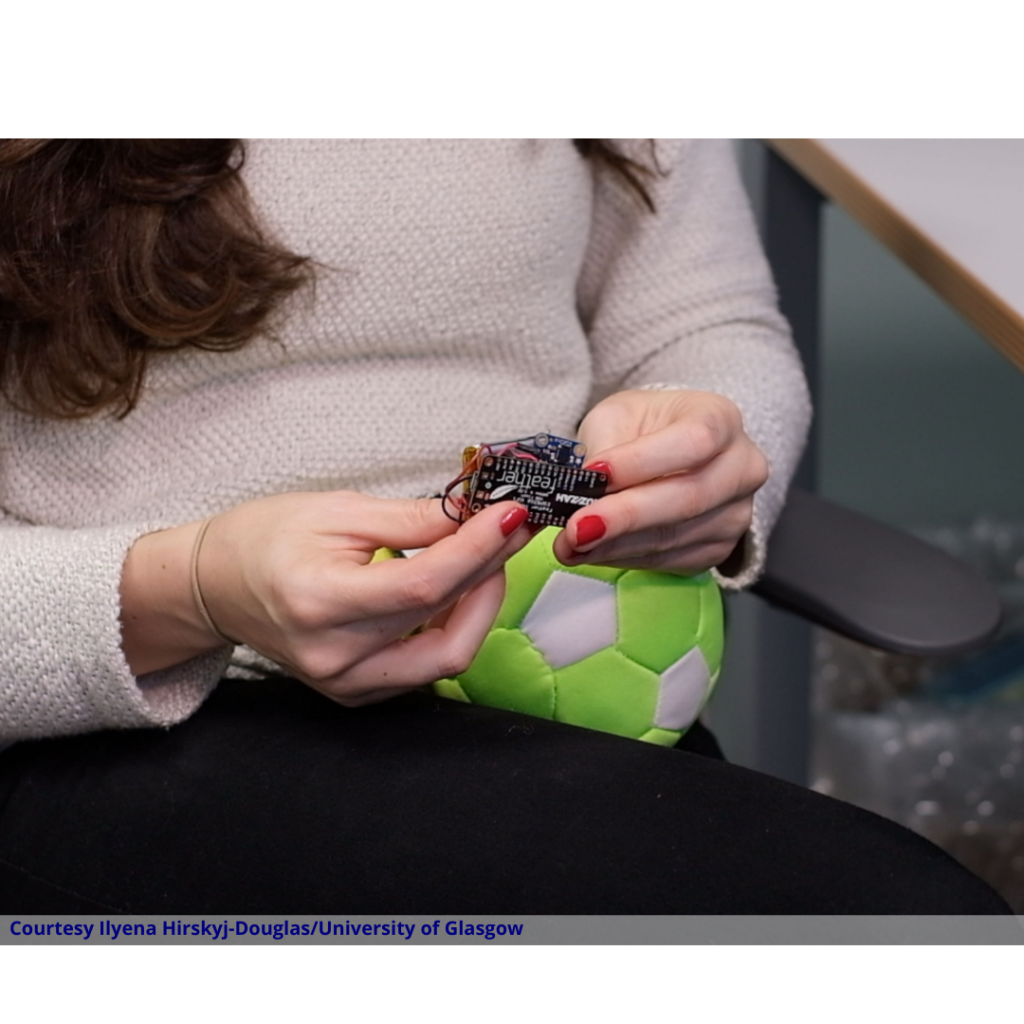
However, there was also a downside to knowing that Zach had his phone just one paw away — Hirskyj-Douglas said she came to expect calls from her canine at certain times and became anxious about his whereabouts if he didn’t phone.
Ultimately, the researcher is planning to focus on her day job, but she says she will continue to explore dog-centric devices in her work and would love to collaborate with organizations on implementing them.
Although Hirskyj-Douglas and Zach will continue to work together on new technologies, they have their ups and downs just like any human and their dog.
“My dog’s a big sniffer, grass-eater, going around, this sort of thing,” she said. “He’s very independent, my dog. So I say we go on walks together, but usually he’s on his separate walk from me.”

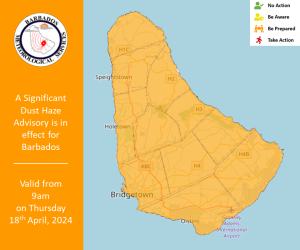


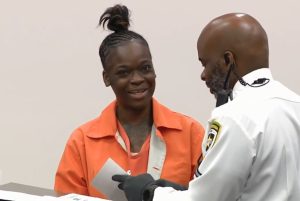
More Stories
Significant Dust Haze Advisory in effect
Georgia presses on with Putin-style bill
US fugitive arrested in Trinidad and Tobago